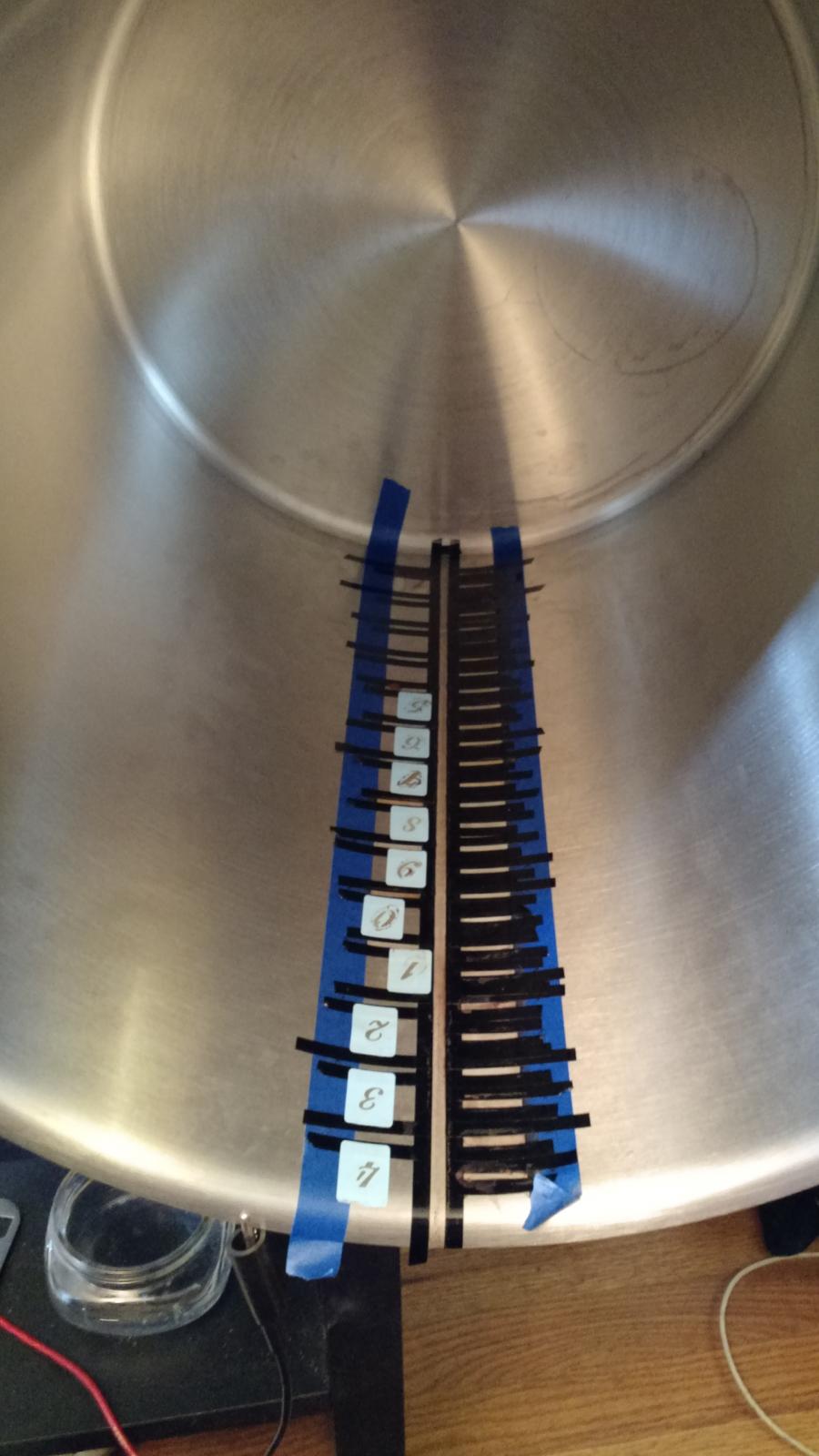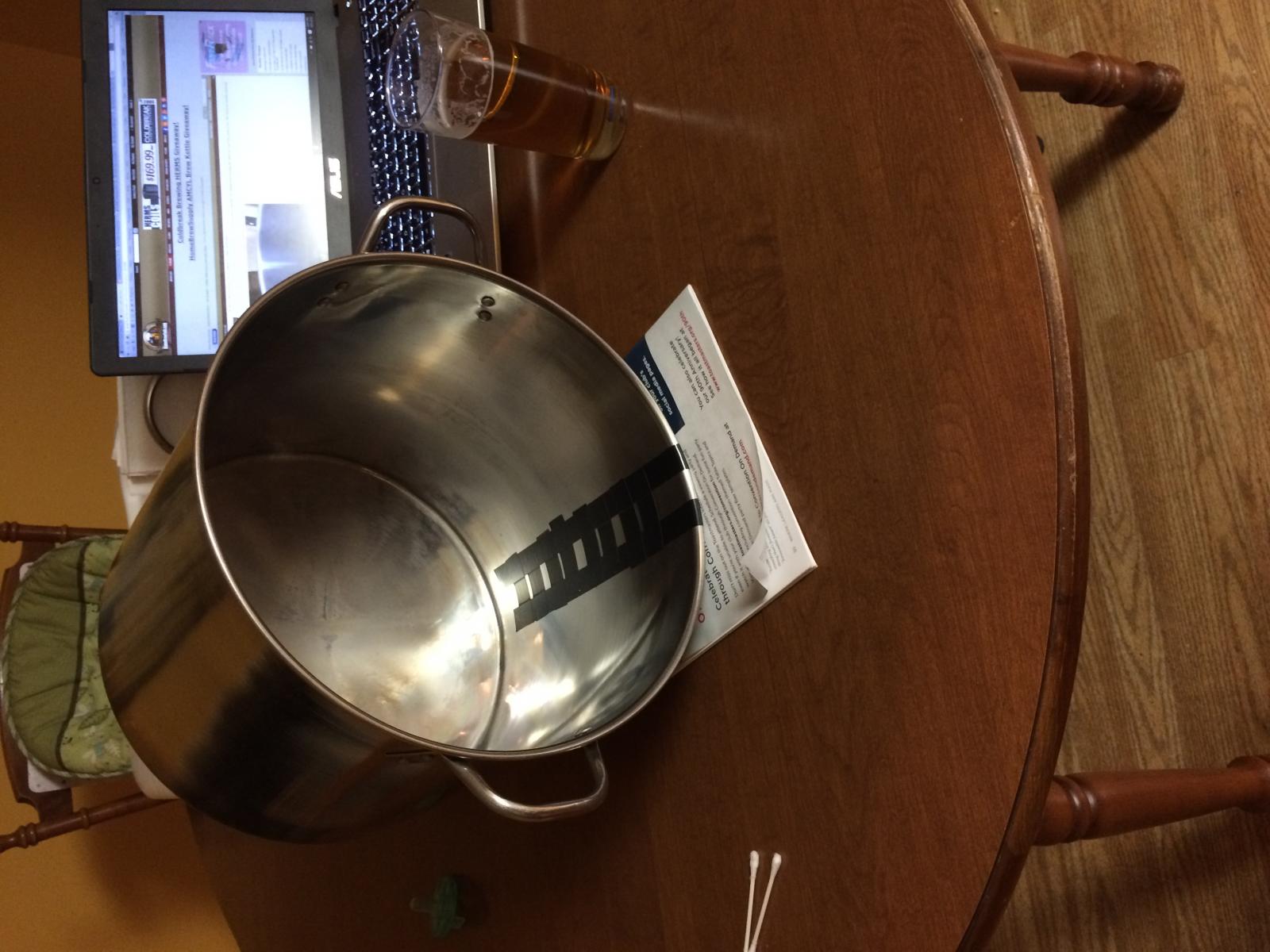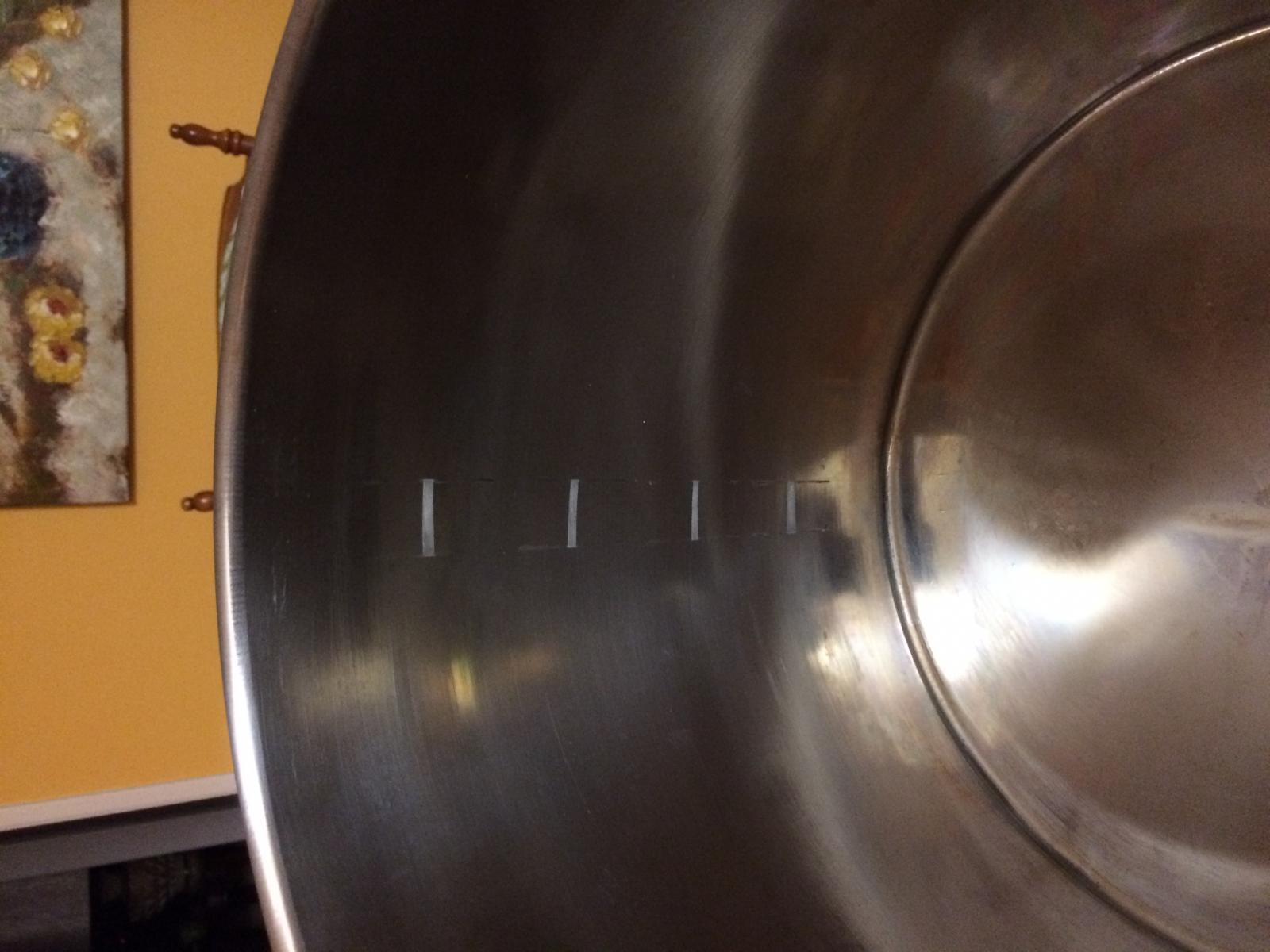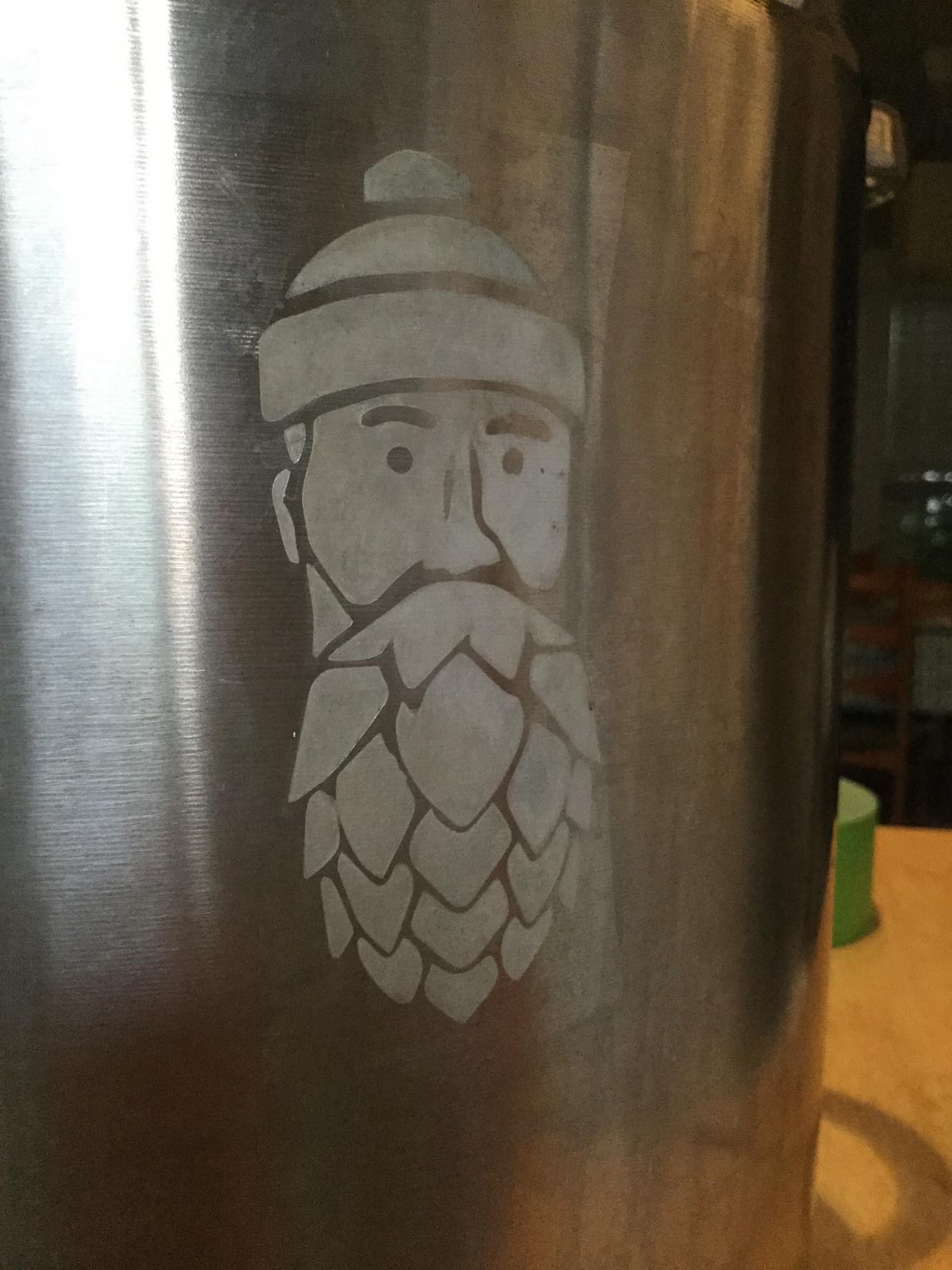Just did a new thick-walled aluminum 10 gallon pot. The pot is obviously going to darken as it oxidizes, but hopefully the markings will still be clear.
I used electrical tape to make the vertical line, etched it, then removed one of the tape strips and added water, 1 gallon at a time. I used a screwdriver to scratch the tape at each gallon level after each addition. Then I made the horizontal lines with electrical tape at each gallon marking, and etched those. I removed all the tape except for the first vertical piece, and marked the half-gallon lines using a ruler and a sharpie, marking the half-way point between the gallon lines. I then marked those off with tape, and etched them.
For the numbers I couldn't find stick-on stencils that had numbers, so I just bought stickers, and punched out the actual number, and used the surrounding sticker sheet as a stencil. When I was all done, I used rubbing alcohol to clean the sharpie marks off, and washed well with hot water and dye/fragrance free dish soap.
Big thanks to the OP for the idea, and everyone else who contributed to this thread with additional information. A home-brewing friend who has been doing it quite a bit longer than I was blown away by how it turned out.
Let us know if your marks stick around on that aluminum pot. I have one and haven't etched it because I was under the impression the marks would simply fade away because of oxidation.


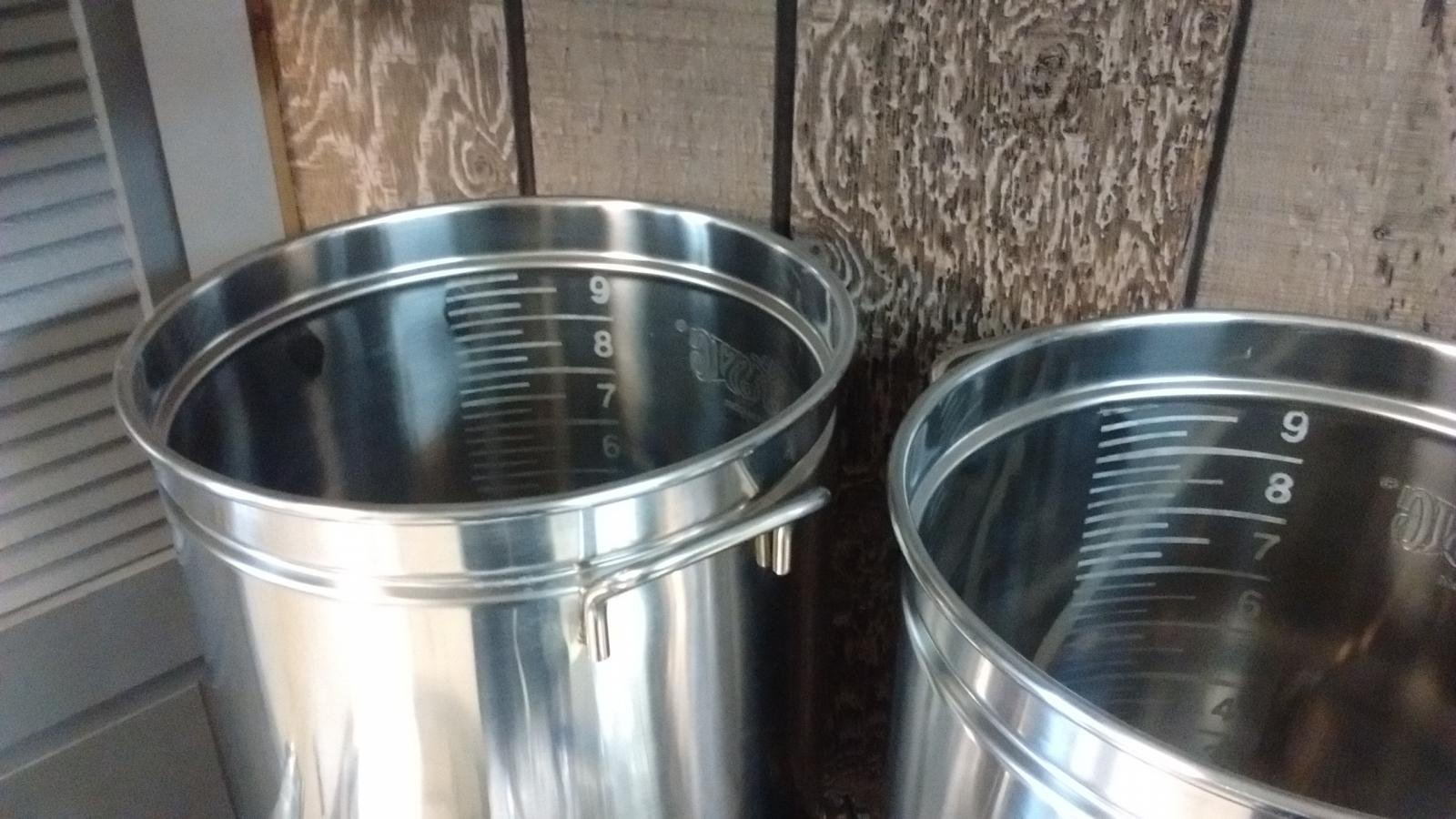


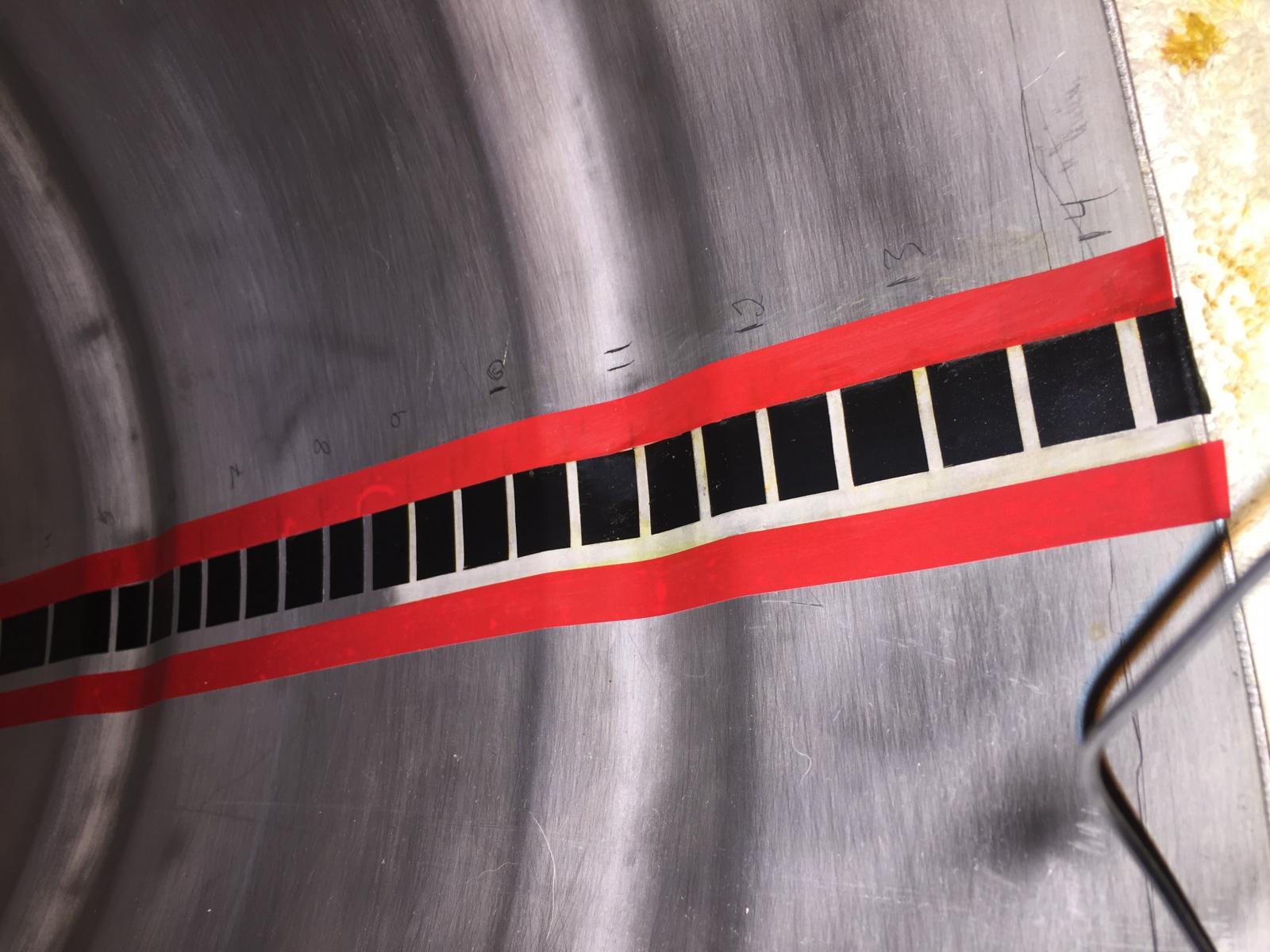


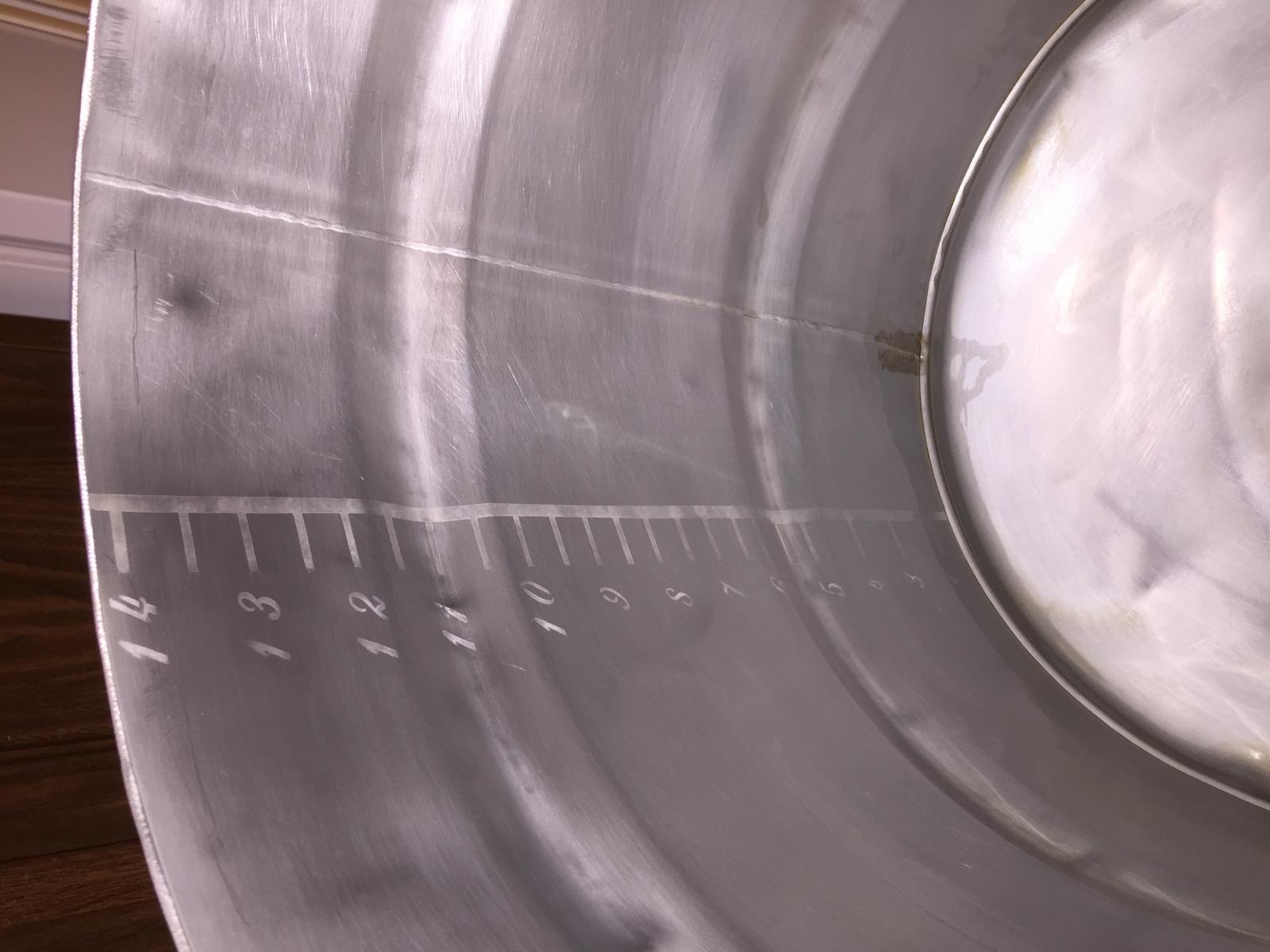





















































![Craft A Brew - Safale S-04 Dry Yeast - Fermentis - English Ale Dry Yeast - For English and American Ales and Hard Apple Ciders - Ingredients for Home Brewing - Beer Making Supplies - [1 Pack]](https://m.media-amazon.com/images/I/41fVGNh6JfL._SL500_.jpg)

